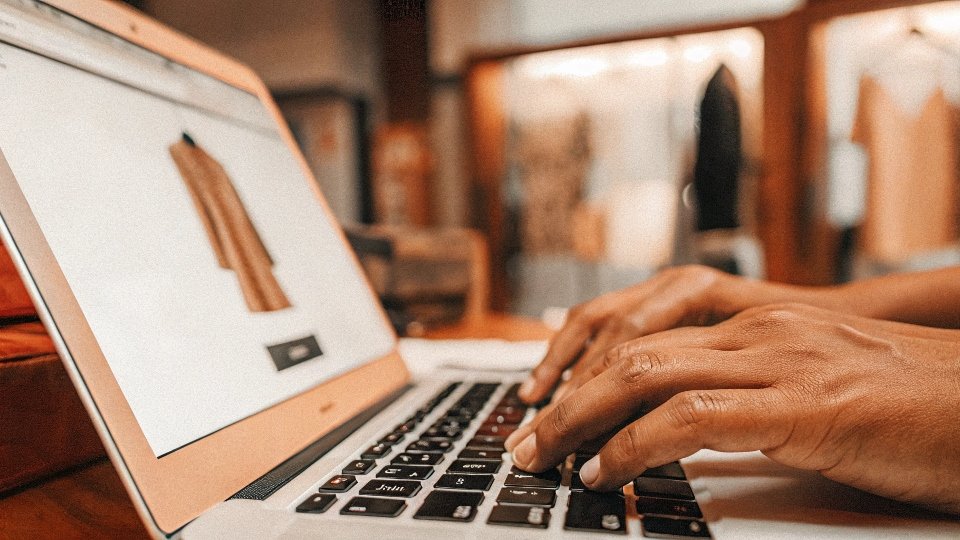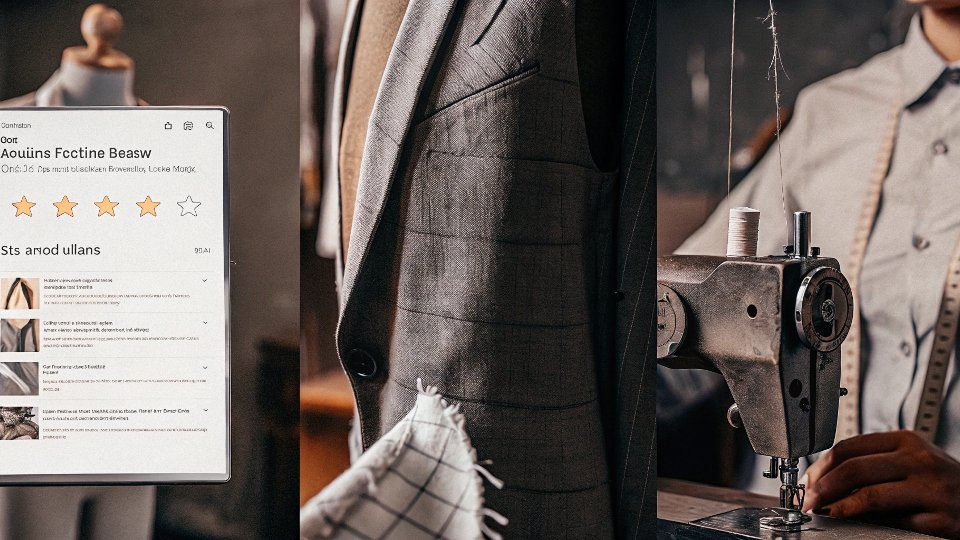You have incredible designs ready to go, but the fear of choosing the wrong manufacturer is holding you back. A bad partnership can lead to wasted money, poor quality, and a ruined reputation before you even launch.
To find a trustworthy, high-quality clothing supplier1, you must use a three-part strategy: conduct targeted industry research online, attend trade shows to meet partners in person, and always verify their capabilities by ordering samples and checking their professional certifications.
This is the biggest hurdle for every new brand owner, but it's a process you can master. The answer isn't about finding a secret list; it's about knowing how to look and what to look for. One of the best pieces of advice I've heard is that you must combine research with relationship-building.
You can find names in directories and at trade shows, but you build trust by evaluating their work, checking their history, and understanding their commitment to quality through their certifications. This moves you from searching for a supplier to building a real partnership. Let's break down how you can do that effectively.
How do you find a quality clothing manufacturer?
You've searched online, but you're just staring at a list of thousands of factory names. You feel completely overwhelmed, with no way to tell the legitimate, high-quality operations from the ones that will cause you problems.
Combine digital discovery with physical verification. Start by searching B2B marketplaces and social media, then attend major trade shows2 like Magic or the Canton Fair to meet them face-to-face. The most reliable method is often a direct referral from a trusted industry contact.
Finding a great factory partner is an active process, not a lucky search result. I've spent twenty years in this business, and the brands that succeed are the ones that are proactive. Your search should have three main channels. First is online research. Use specific keywords on sites like Alibaba or even LinkedIn to find factory owners and sales managers.
Look at their profiles and the work they display. Second, go to industry events. At a trade show, you can touch their products, see the quality firsthand, and have a real conversation. This is invaluable. Third, and most powerfully, use your network.
A referral from another designer or an industry consultant is gold because it comes with a layer of built-in trust. A designer like Dean would use all three methods to build a list of potential partners before moving to the next step.
| Search Method | Pros | Cons |
|---|---|---|
| Online Marketplaces | Huge selection, easy to access. | Hard to verify quality, overwhelming. |
| Trade Shows | Meet face-to-face, see products. | Can be expensive to attend. |
| Referrals | Highly trusted, pre-vetted. | Can be difficult to get without a network. |
Where do you shop for good quality clothing?
You say you want "good quality," but if you can't define it specifically, you can't brief a factory. Without a clear quality benchmark, you're just hoping for the best, which is a terrible business strategy.
To understand what good quality is, you must study it yourself. Go to high-end stores and analyze garments from successful brands. Examine the fabric, stitching density, seam construction, and hardware3 to create your own quality standard before you approach a supplier.
Before you can ask a factory like mine to produce a quality product, you have to know what quality looks like in detail. Don't just shop; go on a research mission. Pick up a garment from a brand you admire. How does the fabric feel? Is it heavy and substantial or thin and flimsy? Look at the stitches. Are they small, dense, and perfectly straight?
That's a sign of a well-made garment. Turn the clothing inside out. Are the seams neatly finished, or are there loose threads everywhere? For jeans, look for things like flat-felled seams on the inseam, which are strong and clean. Check the hardware—do the zippers and buttons feel solid and work smoothly?
A YKK zipper is almost always a sign of a quality-focused brand. Doing this homework is critical. It transforms your request from "I want good quality" to "I need a 12-ounce denim with at least 9 stitches per inch and flat-felled seams." Now that is a language a factory can understand.
| Quality Checkpoint | What to Look For | Red Flag |
|---|---|---|
| Fabric | Good weight, dense weave, soft hand-feel. | Feels thin, flimsy, or overly synthetic. |
| Stitching | High stitches per inch (SPI), straight lines. | Crooked lines, loose threads, low SPI. |
| Hardware | Solid metal, smooth operation (e.g., YKK). | Plastic or flimsy-feeling zippers/buttons. |
| Construction | Clean internal seams, careful pattern matching. | Raw, unfinished edges inside, messy look. |
Can I buy clothes directly from the manufacturer?
You want to go straight to the source to improve your margins and have more control. But factories seem like intimidating, inaccessible fortresses, and you're not sure how to even start the conversation.
Yes, you can and should buy directly from a manufacturer. This is called private label manufacturing4. It gives you full control but requires you to meet their Minimum Order Quantity (MOQ) and provide a detailed technical specification, or "tech pack5."
Buying directly from a factory is the foundation of building a real brand, and it's the core of what we do at DiZNEW. We are partners for our clients, not just vendors. When you work directly with us, you are in control of the design, fabric, fit, and finish. However, you need to understand two key concepts. First is the MOQ, or Minimum Order Quantity.
We have to set minimums because it’s not efficient to buy small amounts of custom fabric or set up a whole production line for just a few pieces. The MOQ ensures we can operate effectively. Second, you must communicate through a "tech pack." This is the blueprint for your design.
It contains every detail: exact measurements, fabric type, stitch details, button placement, and washing instructions. A professional tech pack is the most important tool for turning your vision into a reality, exactly as you imagined it.
How do I find a supplier for my brand?
You've done your research and have a shortlist of potential factories. Now you face the most critical decision: how do you choose the right one and avoid a partnership that ends in disaster?
To choose the right supplier, you must vet them systematically. First, order a physical sample to judge their quality. Second, investigate their reputation and past work online. Finally, ask for their certifications to verify their commitment to quality control and ethical standards.
This final vetting process is where you separate the good from the great. It’s what I’d want a potential partner to do before working with my factory. First, the sample is everything. It is their real-world audition. If the sample you receive is sloppy, you can be certain the bulk production order will be even worse.
Second, check their background. Does their website look professional? Do they showcase their facility and the products they make? Look for reviews on B2B websites or ask for references from past clients. A factory that is proud of its work will be transparent. Third, and this is a pro tip, ask about their certifications. This tells you about their values and systems.
An ISO 90016 certificate shows they have a robust quality management system. An OEKO-TEX certificate means they care about product safety. This isn't just paperwork; it’s proof that they have invested in being a reliable, high-quality partner.
| Certificate | What It Means for You |
|---|---|
| ISO 9001 | They have a documented, consistent process for quality control. |
| OEKO-TEX7 | Their products are tested and free from harmful chemicals. |
| BSCI / WRAP | They are committed to ethical and socially responsible labor practices. |
Conclusion
Finding the right clothing supplier is a deliberate process, not a game of chance. It requires focused research, careful evaluation of samples, and confirming their professionalism through certifications and proven results.
-
Explore this resource to learn effective strategies for identifying reliable clothing manufacturers. ↩
-
Discover how trade shows can provide invaluable face-to-face connections with potential suppliers. ↩
-
Find out which hardware components indicate quality craftsmanship in clothing. ↩
-
Learn about private label manufacturing and how it can benefit your clothing brand. ↩
-
Discover how a tech pack can streamline communication with your manufacturer. ↩
-
Understand the significance of ISO 9001 certification in ensuring quality management. ↩
-
Explore the importance of OEKO-TEX certification for safe and sustainable clothing. ↩










